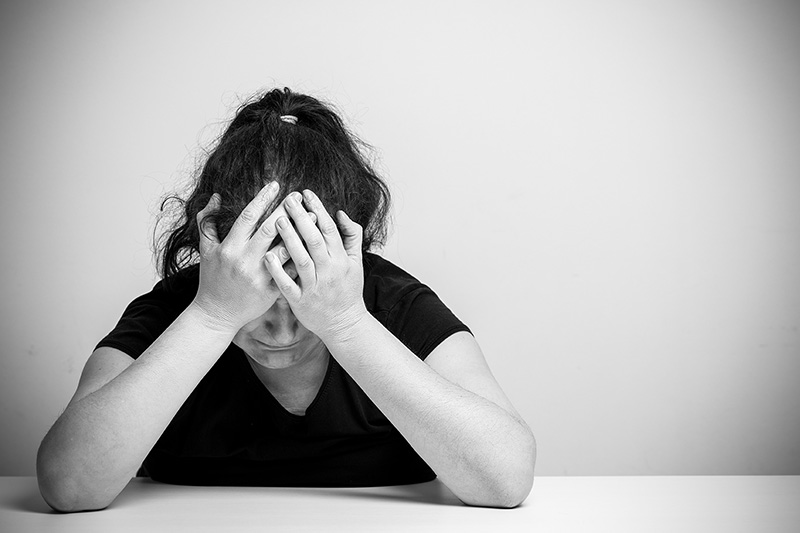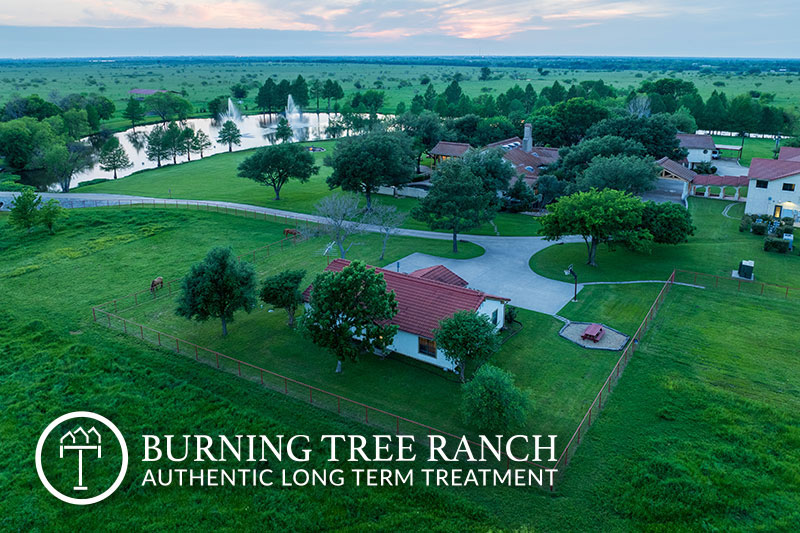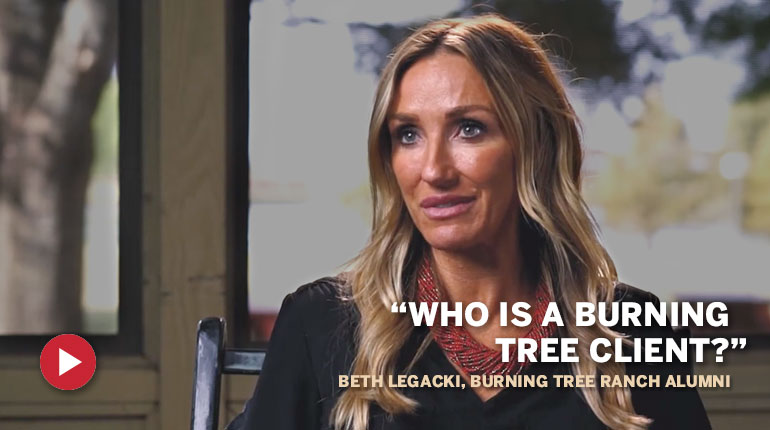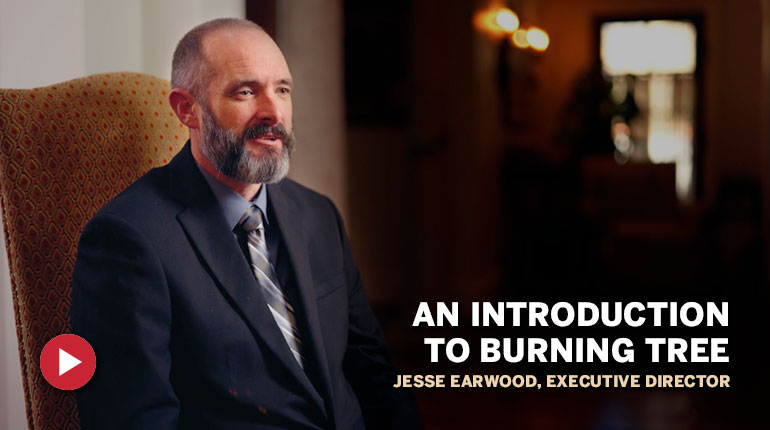I’ve worked closely with families affected by addiction for many years now. As a result, I’ve seen for myself how addiction and relapse leave deep scars in the family through damaged relationships and unmanaged emotional outbursts. It’s a rollercoaster of emotions – hope during periods of sobriety, followed by crushing disappointment when substance use resurfaces.
Unsurprisingly, emotional instability is one of the most challenging aspects accompanying a chronic addiction. How do we qualify what emotional instability is related to an addiction and which behaviors are a normal stress response? How should you respond as a family member, a friend, or as somebody who cares deeply for the addict? As always, we start with seeking an understanding of the individual’s behavior.
At a Glance: What Does Addiction-Related Emotional Instability Look Like?
When we talk about emotional instability, we’re generally referring to rapid, intense mood swings and difficulty regulating everyday emotions. In the context of addiction, it’s like a perfect storm. Substance abuse itself can cause dramatic mood shifts while also exacerbating any underlying mental health issues. This creates a volatile emotional landscape that’s incredibly difficult for individuals and their loved ones to navigate.
Common manifestations of emotional instability include:
- Intense anger or irritability that seems to come out of nowhere
- Periods of deep depression alternating with manic-like energy
- Extreme anxiety or panic attacks
- Feelings of emptiness or numbness
These emotional states are often directly tied to substance use, either as a trigger for using or as a result of intoxication and withdrawal.

Four Signposts of Emotional Instability Related to Chronic Relapse
Consider these specific patterns when assessing your loved one’s emotional state over the past six months. Each represents a different manifestation of emotional instability commonly seen in chronic relapse:
Variable Stability: Shifts between calm periods and emotional turbulence
This pattern is characterized by alternating periods of relative calm and emotional upheaval. Your loved one is doing well for weeks, maintaining a balanced mood and engaging positively with life. However, these stable periods are punctuated by episodes of intense emotional turmoil, often coinciding with relapse or heightened cravings.
Frustration to Withdrawal: Swings from intense frustration to periods of quiet withdrawal
In this pattern, your loved one oscillates between two distinct emotional states. They may become frustrated, lashing out at minor inconveniences or perceived slights. This heightened state of agitation can then suddenly give way to periods of withdrawal, where they become emotionally distant, uncommunicative, and seemingly detached from their surroundings.
Unpredictable Mood Swings: Experiences rapid and unpredictable changes in mood
This is the most challenging pattern to navigate. Your loved one’s emotional state seems to shift rapidly and without apparent cause. They might be cheerful one moment, then angry or despondent the next. These unpredictable swings make engaging in meaningful conversation or planning activities challenging, as you never know what emotional state you’ll encounter from one moment to the next.
Consistently Stable: Maintains a steady emotional state, responding appropriately to different situations
It’s important to note that this pattern, while ideal, is rarely seen in individuals struggling with chronic relapse and active addiction. If your loved one consistently maintains emotional stability despite their substance use issues, it could indicate either a high level of emotional regulation skills (which is uncommon in chronic relapse) or potentially masking of true emotions. In either case, further exploration with a mental health professional is warranted.
Other Signs of Emotional Instability in Chronic Relapsers
In addition to the broader patterns described above, there are several key signs to watch for:
- Mood Swings: Rapid shifts between emotional extremes, often without an apparent cause.
- Impulsivity: Making rash decisions, especially those related to substance use or risky behaviors.
- Difficulty Managing Stress: Small setbacks or challenges lead to disproportionate emotional reactions.
- Relationship Problems: Frequent conflicts, pushing people away, or becoming overly dependent.
These signs may seem obvious, but they can present very subtly at first and gradually intensify as addiction progresses.
The Feedback Loop of Emotional Instability and Substance Abuse
One of the most insidious aspects of this issue is how emotional instability and substance abuse feed into each other. Many individuals turn to drugs or alcohol as a form of self-medication, seeking relief from overwhelming emotions or mental health symptoms. However, this only provides temporary relief at best, often worsening the underlying issues in the long run.
As tolerance builds and withdrawal symptoms intensify, emotional instability can become even more pronounced. This creates a vicious cycle where substance use and emotional turmoil continually reinforce each other.

How Does a Dual Diagnosis Approach Help Address Emotional Instability?
When it comes to chronic relapse and emotional instability, a dual diagnosis approach is often the key to breaking the cycle. This comprehensive treatment method recognizes that substance use disorders and mental health issues are deeply intertwined, especially in cases of chronic relapse.
1. Accurate Identification of Mental Health Disorders: By thoroughly assessing both addiction and mental health symptoms, we can pinpoint the root causes of emotional instability. Is it primarily driven by substance use, an underlying mental health condition, or a complex interplay of both?
2. Targeted Treatment for Both Mental Health & Substance Use: Once we understand the full picture, we can implement therapies that address both the addiction and the mental health components simultaneously. This might include cognitive-behavioral therapy for managing emotions, medication for mood stabilization, and substance use counseling.
3. Building Life Skills: Dual diagnosis treatment focuses on developing emotional regulation skills. These tools help individuals navigate intense feelings without turning to substances, gradually building emotional stability over time.
4. Processing Trauma: Many chronic relapsers have unresolved trauma contributing to their emotional instability. A dual diagnosis approach provides a safe space to process these experiences, reducing their impact on day-to-day emotions.
5. Long-term Perspective: Dual diagnosis treatment recognizes that emotional stability is a journey, not a destination. It provides ongoing support and strategies for managing emotions long after the initial treatment phase.
6. Family Involvement: This approach often includes family therapy, helping loved ones understand the connection between emotional instability and addiction and teaching them how to provide adequate support.
Tackling both the addiction and the underlying mental health issues head-on makes a dual-diagnosis approach the best chance of achieving lasting emotional stability. It’s not just about getting sober – it’s about building a foundation for a balanced, fulfilling life in recovery.
How Should Families Respond to Emotional Instability in a Loved One?
Supporting someone in this situation is incredibly challenging, but there are a few steps you can and should take.
How should families and loved ones respond to emotional outbursts?
1. Set clear boundaries: Establishing limits on what behaviors you will and won’t accept is crucial. This protects your well-being and can help your loved one recognize the impact of their actions.
2. Encourage professional help: Gently but firmly advocate for comprehensive, long-term treatment that addresses both addiction and emotional instability.
3. Practice self-care: Remember, you can’t pour from an empty cup. Prioritize your own mental and emotional health, seek support for yourself, and don’t be afraid to step back when needed.
4. Educate yourself: The more you understand about addiction, mental health, and the recovery process, the better equipped you’ll be to offer meaningful support.

Long-Term Treatment Options for Chronic Relapse
When it comes to chronic relapse complicated by emotional instability, short-term treatment often falls short. This is where a long-term, comprehensive program can make a real difference.
Extended care programs, like those we offer at Burning Tree Ranch, provide the time and intensity needed to truly break the cycle of chronic relapse. Our goal at the Ranch isn’t just to achieve sobriety but also to help individuals develop the emotional stability and life skills needed for long-term recovery and a fulfilling life.
What Does it Mean to Undergo Long-Term Treatment?
Burning Tree is the Nation’s only authentic long-term treatment provider specializing in the treatment of chronic relapse. We address life and death matters as they relate to chronic addiction and mental health.
- Focus On Identifying Complex Emotional And Mental Health Disorders
- Emphasis On Treating Advanced Stages of Addiction And Relapse
- Multi-Phased Long-Term Continuum Aimed At Permanent Recovery
- Concentration On Dynamic Behavioral, Attitudinal, and Personality Change
- Treatment Duration Informed By Measurable, Provable Progress - Not Time
Addicted Loved Ones & Their Families Heal Together
I want to end on a note of hope. As taxing as the emotional roller coaster of addiction and relapse can be, I know that recovery is possible – no matter how bad it seems the situation has gotten. I’ve seen individuals who have relapsed dozens of times finally find lasting sobriety and emotional balance through our program.
And it’s not just the individual who heals—families need recovery, too. With the right support and resources, you can rebuild trust, improve communication, and create a healthier family dynamic.
Seeking help isn’t a sign of weakness. It’s a significant step towards recovery for the family. If you’re seeing the signs of addiction and relapse, especially if you’ve undergone several treatment episodes, then we invite your family to try something different with Burning Tree.
Until next time,
Brook




